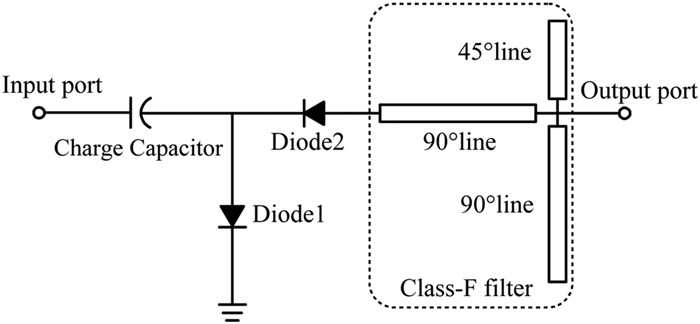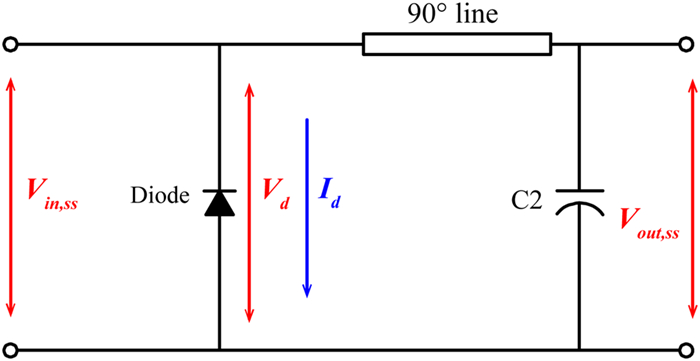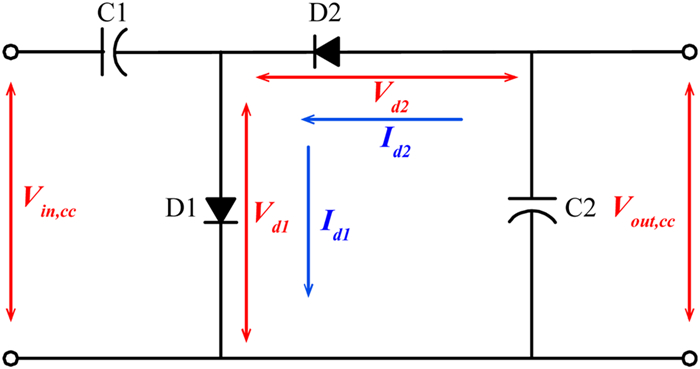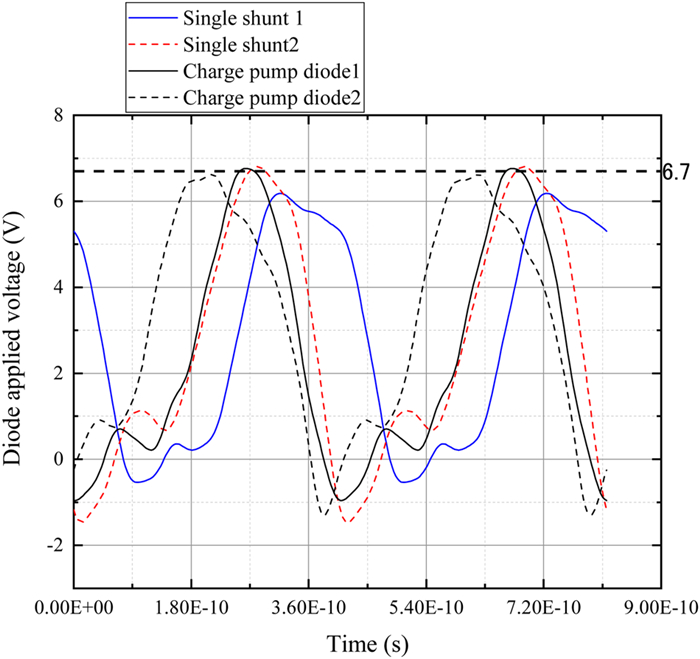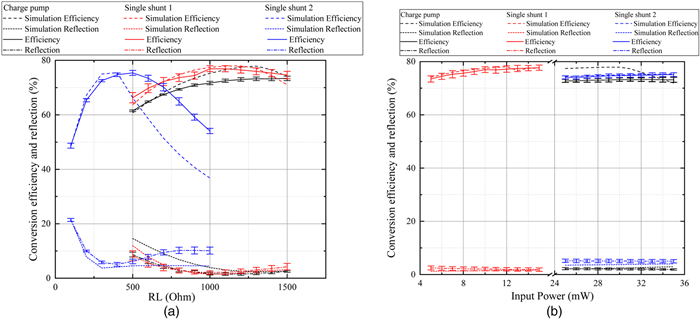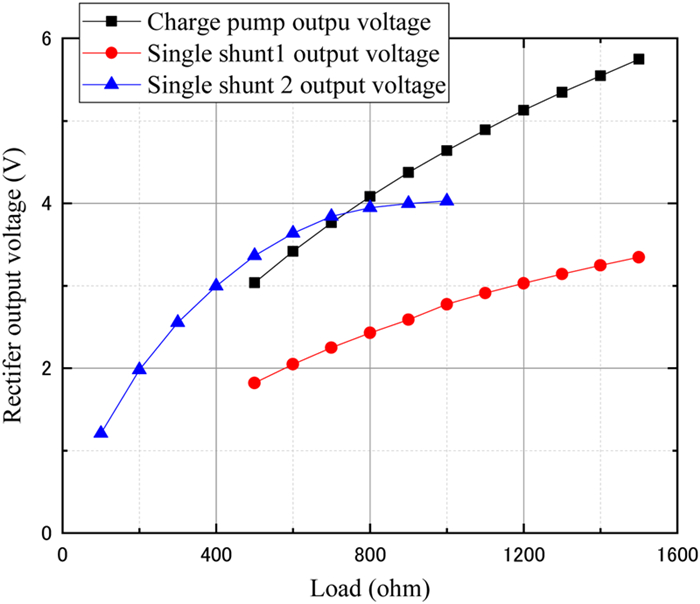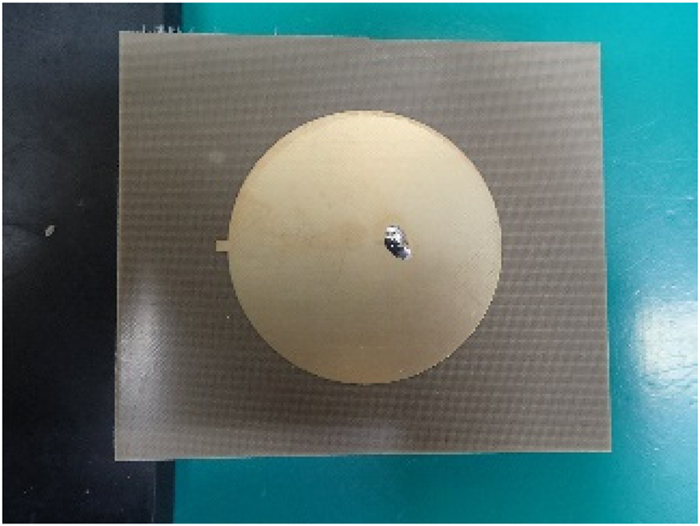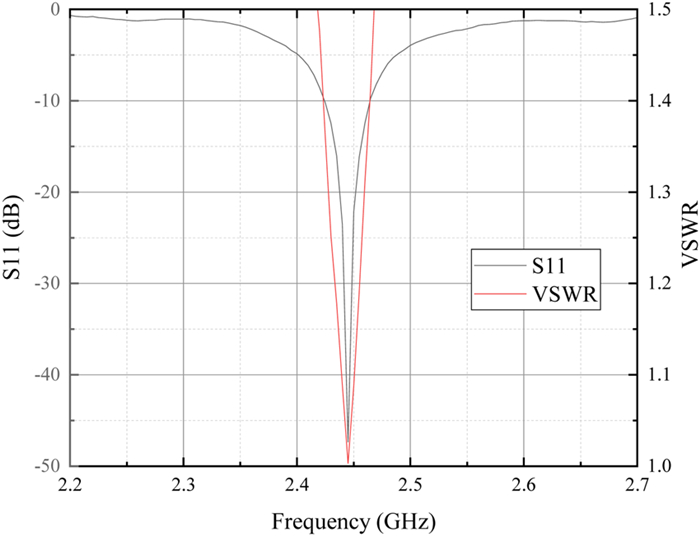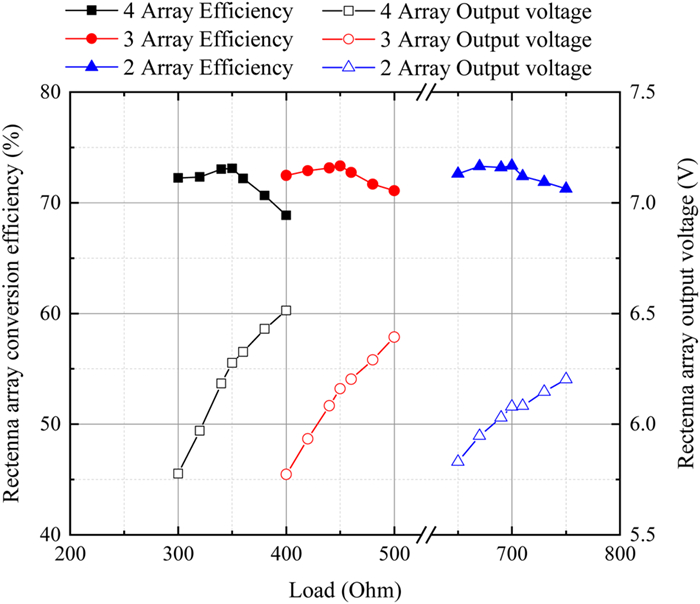The application of GHz band charge pump rectifier and rectenna array for satellite internal wireless system
More Information
-
Author Bio:
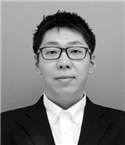 Ce Wang
Ce Wang (S'–) received the M.S. degree from the electrical engineering at Kyoto University, Kyoto, Japan in 2016. He is currently pursuing Ph.D. degree in electrical engineering at Kyoto University, Kyoto, Japan. His current research interests include low-power rectenna and wireless power transmission system design.
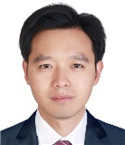 Bo Yang
Bo Yang was born in Zhenjiang Province, China, in 1986. He received the B.S. degrees in Electronic Information Engineering from China University of Petroleum (East China) in 2008 and received M.E. degree in electronic engineering from Kyoto University in 2018. From 2008 to 2015, he has been working as an RF engineer with the DAIHEN group, Qingdao, China. Currently, he is working toward Ph.D. degree in electrical engineering at Kyoto University, Kyoto, Japan.
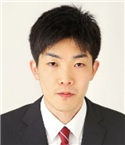 Seishiro Kojima
Seishiro Kojima received B.E. degree in electrical and electronic engineering and M.E. degree in electric engineering from the University of Kyoto in 2015 and 2017, respectively. Currently, he is pursuing Ph.D. degree in electric engineering. He is a student member of the IEEE and the Institute of Electronics, Information and Communication Engineers (IEICE).
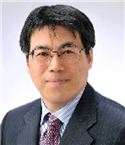 Naoki Shinohara
Naoki Shinohara received the B.E. degree in electronic engineering, the M.E. and Ph.D (Eng.) degrees in electrical engineering from Kyoto University, Japan, in 1991, 1993 and 1996, respectively. He was a research associate at the Radio Atmospheric Science Center, Kyoto University from 1996. He was a research associate of the Radio Science Center for Space and Atmosphere, Kyoto University by recognizing the Radio Atmospheric Science Center from 2000, and there he was an associate professor since 2001. He was an associate professor in Research Institute for Sustainable Humanosphere, Kyoto University by recognizing the Radio Science Center for Space and Atmosphere since 2004. From 2010, he has been a professor at Research Institute for Sustainable Humanosphere, Kyoto University. He has been engaged in research on Solar Power Station/Satellite and Microwave Power Transmission system. He is IEEE Distinguish Microwave lecturer, IEEE MTT-S Technical Committee 26 (Wireless Power Transfer and Conversion) vice chair, IEEE MTT-S Kansai Chapter TPC member, IEEE Wireless Power Transfer Conference advisory committee member, international journal of Wireless Power Transfer (Cambridge Press) executive editor, Radio Science for URSI Japanese committee C member, past technical committee chair on IEICE Wireless Power Transfer, Japan Society of Electromagnetic Wave Energy Applications vice chair, Wireless Power Transfer Consortium for Practical Applications (WiPoT) chair, and Wireless Power Management Consortium (WPMc) chair
-
Corresponding author:
Ce Wang, Research Institute for Sustainable Humanosphere, Kyoto University, Kyoto 611-0011, Japan. E-mail: ce_wang@rish.kyoto-u.ac.jp
-
Abstract
An internal wireless system (IWS) for satellites was proposed in a previous study to reduce the weight of satellites. It is a system that uses wireless communication modules to communicate between the satellite's subsystems. We proposed a complete IWS that employs microwave wireless power transmission technology, and we proposed a design of GHz band high efficiency rectifier based charge pump rectifiers with a class-f filter called class-f charge pump rectifiers. We theoretically compare the diode losses in a charge pump and single shunt rectifier, and experimentally verify the results. Apart from this, we consider that the class-f charge pump rectifiers will be used for a rectenna array. In order to know the direct current (DC) load change of class-f charge pump circuits is connected as a rectenna array, we measured the conversion efficiencies of a 2 by 2 rectenna array, connected in series and in parallel. The results of the experiment indicate that the optimum load of the rectifier changes to four times DC load when connected in series, and to 1/4 the DC load when connected in parallel.
-
About this article
Cite this article
Wang C, Yang B, Kojima S, Shinohara N. 2019. The application of GHz band charge pump rectifier and rectenna array for satellite internal wireless system. Wireless Power Transfer 6(2): 190-195 doi: 10.1017/wpt.2019.13
|
Wang C, Yang B, Kojima S, Shinohara N. 2019. The application of GHz band charge pump rectifier and rectenna array for satellite internal wireless system. Wireless Power Transfer 6(2): 190-195 doi: 10.1017/wpt.2019.13
|


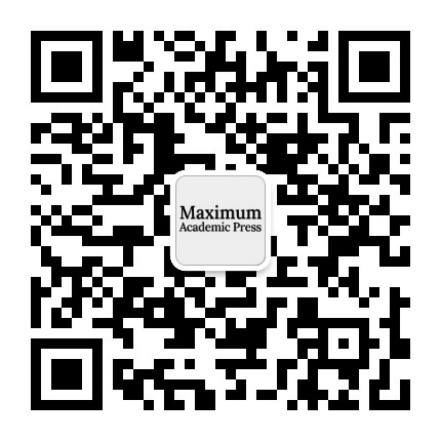







 Ce Wang (S'–) received the M.S. degree from the electrical engineering at Kyoto University, Kyoto, Japan in 2016. He is currently pursuing Ph.D. degree in electrical engineering at Kyoto University, Kyoto, Japan. His current research interests include low-power rectenna and wireless power transmission system design.
Ce Wang (S'–) received the M.S. degree from the electrical engineering at Kyoto University, Kyoto, Japan in 2016. He is currently pursuing Ph.D. degree in electrical engineering at Kyoto University, Kyoto, Japan. His current research interests include low-power rectenna and wireless power transmission system design.  Bo Yang was born in Zhenjiang Province, China, in 1986. He received the B.S. degrees in Electronic Information Engineering from China University of Petroleum (East China) in 2008 and received M.E. degree in electronic engineering from Kyoto University in 2018. From 2008 to 2015, he has been working as an RF engineer with the DAIHEN group, Qingdao, China. Currently, he is working toward Ph.D. degree in electrical engineering at Kyoto University, Kyoto, Japan.
Bo Yang was born in Zhenjiang Province, China, in 1986. He received the B.S. degrees in Electronic Information Engineering from China University of Petroleum (East China) in 2008 and received M.E. degree in electronic engineering from Kyoto University in 2018. From 2008 to 2015, he has been working as an RF engineer with the DAIHEN group, Qingdao, China. Currently, he is working toward Ph.D. degree in electrical engineering at Kyoto University, Kyoto, Japan.  Seishiro Kojima received B.E. degree in electrical and electronic engineering and M.E. degree in electric engineering from the University of Kyoto in 2015 and 2017, respectively. Currently, he is pursuing Ph.D. degree in electric engineering. He is a student member of the IEEE and the Institute of Electronics, Information and Communication Engineers (IEICE).
Seishiro Kojima received B.E. degree in electrical and electronic engineering and M.E. degree in electric engineering from the University of Kyoto in 2015 and 2017, respectively. Currently, he is pursuing Ph.D. degree in electric engineering. He is a student member of the IEEE and the Institute of Electronics, Information and Communication Engineers (IEICE).  Naoki Shinohara received the B.E. degree in electronic engineering, the M.E. and Ph.D (Eng.) degrees in electrical engineering from Kyoto University, Japan, in 1991, 1993 and 1996, respectively. He was a research associate at the Radio Atmospheric Science Center, Kyoto University from 1996. He was a research associate of the Radio Science Center for Space and Atmosphere, Kyoto University by recognizing the Radio Atmospheric Science Center from 2000, and there he was an associate professor since 2001. He was an associate professor in Research Institute for Sustainable Humanosphere, Kyoto University by recognizing the Radio Science Center for Space and Atmosphere since 2004. From 2010, he has been a professor at Research Institute for Sustainable Humanosphere, Kyoto University. He has been engaged in research on Solar Power Station/Satellite and Microwave Power Transmission system. He is IEEE Distinguish Microwave lecturer, IEEE MTT-S Technical Committee 26 (Wireless Power Transfer and Conversion) vice chair, IEEE MTT-S Kansai Chapter TPC member, IEEE Wireless Power Transfer Conference advisory committee member, international journal of Wireless Power Transfer (Cambridge Press) executive editor, Radio Science for URSI Japanese committee C member, past technical committee chair on IEICE Wireless Power Transfer, Japan Society of Electromagnetic Wave Energy Applications vice chair, Wireless Power Transfer Consortium for Practical Applications (WiPoT) chair, and Wireless Power Management Consortium (WPMc) chair
Naoki Shinohara received the B.E. degree in electronic engineering, the M.E. and Ph.D (Eng.) degrees in electrical engineering from Kyoto University, Japan, in 1991, 1993 and 1996, respectively. He was a research associate at the Radio Atmospheric Science Center, Kyoto University from 1996. He was a research associate of the Radio Science Center for Space and Atmosphere, Kyoto University by recognizing the Radio Atmospheric Science Center from 2000, and there he was an associate professor since 2001. He was an associate professor in Research Institute for Sustainable Humanosphere, Kyoto University by recognizing the Radio Science Center for Space and Atmosphere since 2004. From 2010, he has been a professor at Research Institute for Sustainable Humanosphere, Kyoto University. He has been engaged in research on Solar Power Station/Satellite and Microwave Power Transmission system. He is IEEE Distinguish Microwave lecturer, IEEE MTT-S Technical Committee 26 (Wireless Power Transfer and Conversion) vice chair, IEEE MTT-S Kansai Chapter TPC member, IEEE Wireless Power Transfer Conference advisory committee member, international journal of Wireless Power Transfer (Cambridge Press) executive editor, Radio Science for URSI Japanese committee C member, past technical committee chair on IEICE Wireless Power Transfer, Japan Society of Electromagnetic Wave Energy Applications vice chair, Wireless Power Transfer Consortium for Practical Applications (WiPoT) chair, and Wireless Power Management Consortium (WPMc) chair 


